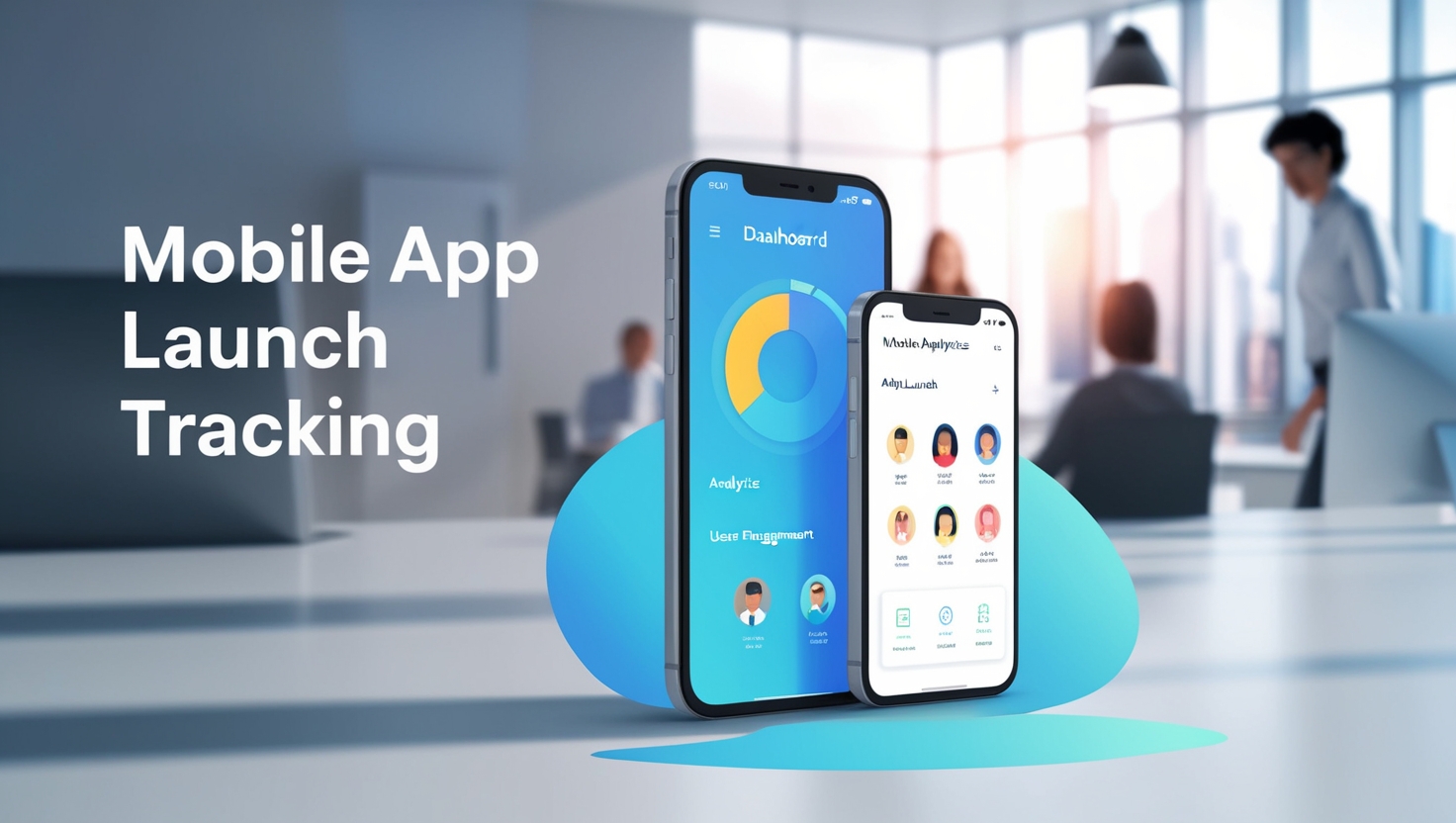Metrics to Track After Launching Your Mobile App in 2025

Launching your mobile app is a major milestone—but it’s just the beginning. To ensure your app performs well, reaches the right audience, and achieves business goals, tracking key performance metrics is essential. These insights help you understand what’s working, what needs improvement, and how to scale effectively.
In this blog, we’ll explore five essential metrics every app developer, mobile app development agency, or business should monitor after launch. We will also discuss how each one contributes to long-term app success.
1. User Retention Rate
What it is:
User retention rate measures the percentage of users who continue to use your app over time—typically tracked over 1 day, 7 days, and 30 days after installation.
Why it matters:
High download numbers are great, but if users aren’t coming back, your app isn’t delivering long-term value. Retention is a direct reflection of user satisfaction, onboarding quality, and feature usefulness.
How it ensures success:
Tracking retention allows you to optimize the user experience. For instance, a drop in retention after Day 1 may indicate onboarding issues, while a dip at Day 7 could suggest a lack of engaging features or content. Improving retention boosts lifetime value (LTV) and reduces churn, making your app more sustainable.
How to track it:
Use analytics platforms like Firebase, Mixpanel, or Amplitude to monitor user retention by cohort.
2. Daily Active Users (DAU) and Monthly Active Users (MAU)
What it is:
DAU: Number of unique users engaging with the app daily.
MAU: Number of unique users over a 30-day period.
The DAU/MAU ratio shows how "sticky" your app is.
Why it matters:
This metric provides insight into your app’s overall engagement level. A healthy DAU/MAU ratio (usually 20% or higher) suggests users find your app valuable and are returning regularly.
How it ensures success:
Tracking active users helps identify usage trends and user loyalty. A decline may indicate bugs, poor UX, or declining relevance. A growing DAU/MAU ratio can support fundraising, increase ad revenue, and guide feature updates.
How to track it:
Again, platforms like Google Analytics for Firebase, Mixpanel, or Flurry offer built-in user activity tracking.
3. App Store Conversion Rate
What it is:
This metric tracks the percentage of people who view your app store page and actually install the app.
Why it matters:
If thousands of users are landing on your store page but few are downloading, something is likely off—like your app icon, screenshots, description, or reviews.
How it ensures success:
Optimizing conversion rates through App Store Optimization (ASO) ensures that marketing and ad spend aren’t wasted. Improving your store listing with compelling visuals, concise messaging, and social proof (like positive reviews) can lead to more downloads and better ROI.
How to track it:
Use Apple App Store Connect, Google Play Console, or ASO tools like AppTweak or Sensor Tower.
4. Crash and Bug Reports
What it is:
This tracks the frequency and nature of crashes or technical errors users experience in your app.
Why it matters:
Even the most well-designed app will fail if it crashes frequently. Poor stability leads to negative reviews, uninstalls, and user distrust.
How it ensures success:
By monitoring crash logs and error reports, mobile app developers can quickly fix issues that affect performance. Smooth, bug-free apps improve user satisfaction, boost retention, and help maintain a high app store rating.
How to track it:
Use tools like Firebase Crashlytics, BugSnag, or Instabug for real-time error tracking and diagnostics.
5. Customer Lifetime Value (LTV)
What it is:
LTV estimates how much revenue a single user will generate over the time they actively use your app.
Why it matters:
LTV helps you understand the long-term profitability of each user. It’s especially important if you're investing in paid user acquisition campaigns.
How it ensures success:
Comparing LTV to Customer Acquisition Cost (CAC) tells you if your growth is sustainable. If your LTV exceeds CAC, you're on a path to profitability. A low LTV may indicate poor monetization strategies, lack of engagement, or retention issues.
How to track it:
Calculate LTV using in-app purchase data, ad revenue, and subscription renewals over a defined user lifecycle. Tools like RevenueCat, CleverTap, or AppsFlyer are useful here.
Final Thoughts
Tracking the right metrics is vital to your app's post-launch success. While vanity metrics like total downloads look impressive, they don’t tell the full story. Instead, focus on retention, engagement, stability, conversion, and profitability to gain actionable insights.
Monitor these five key metrics to keep your app healthy. It also helps you position it for continuous improvement, higher user satisfaction, and long-term growth.
Note: IndiBlogHub features both user-submitted and editorial content. We do not verify third-party contributions. Read our Disclaimer and Privacy Policyfor details.







